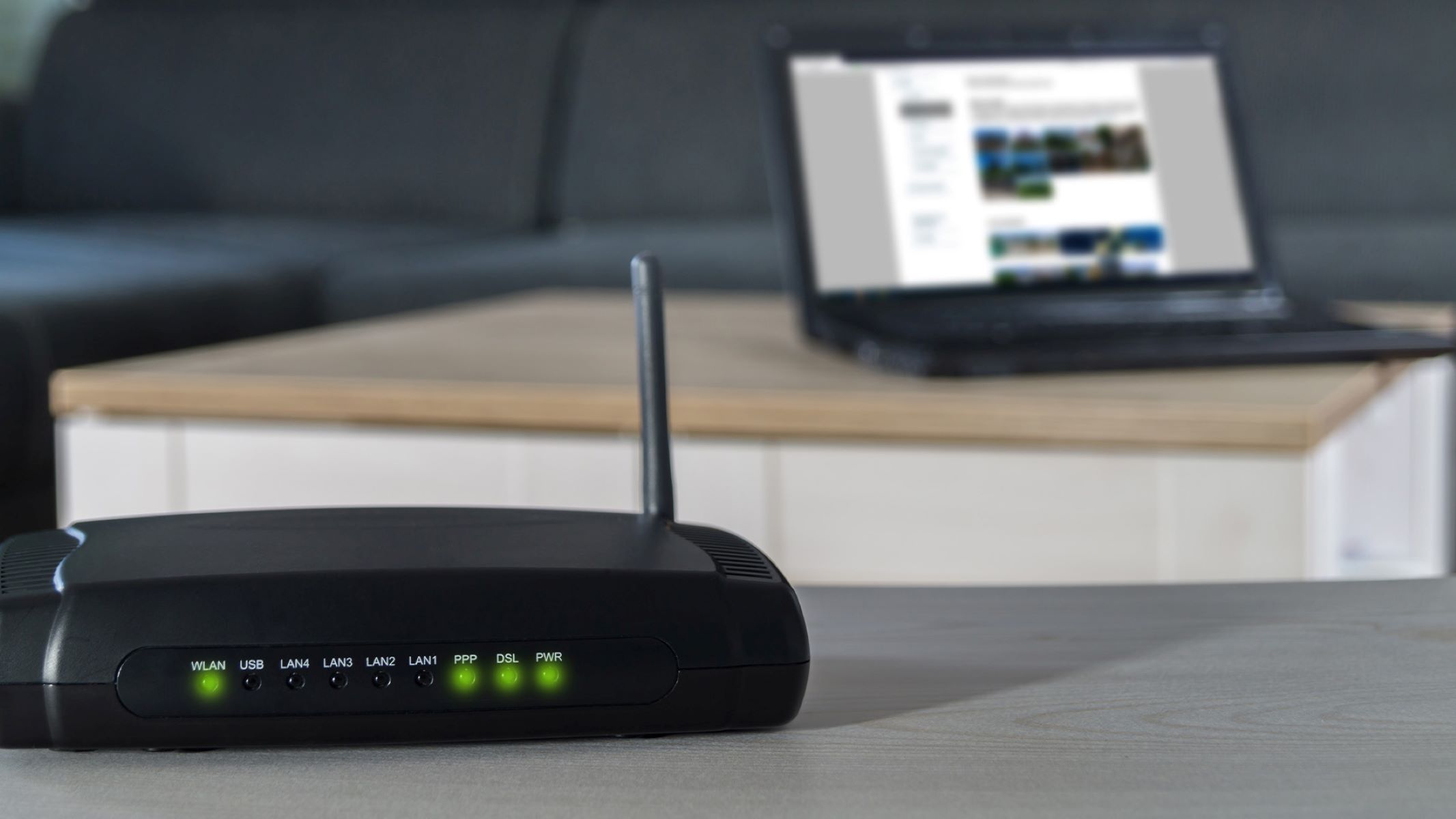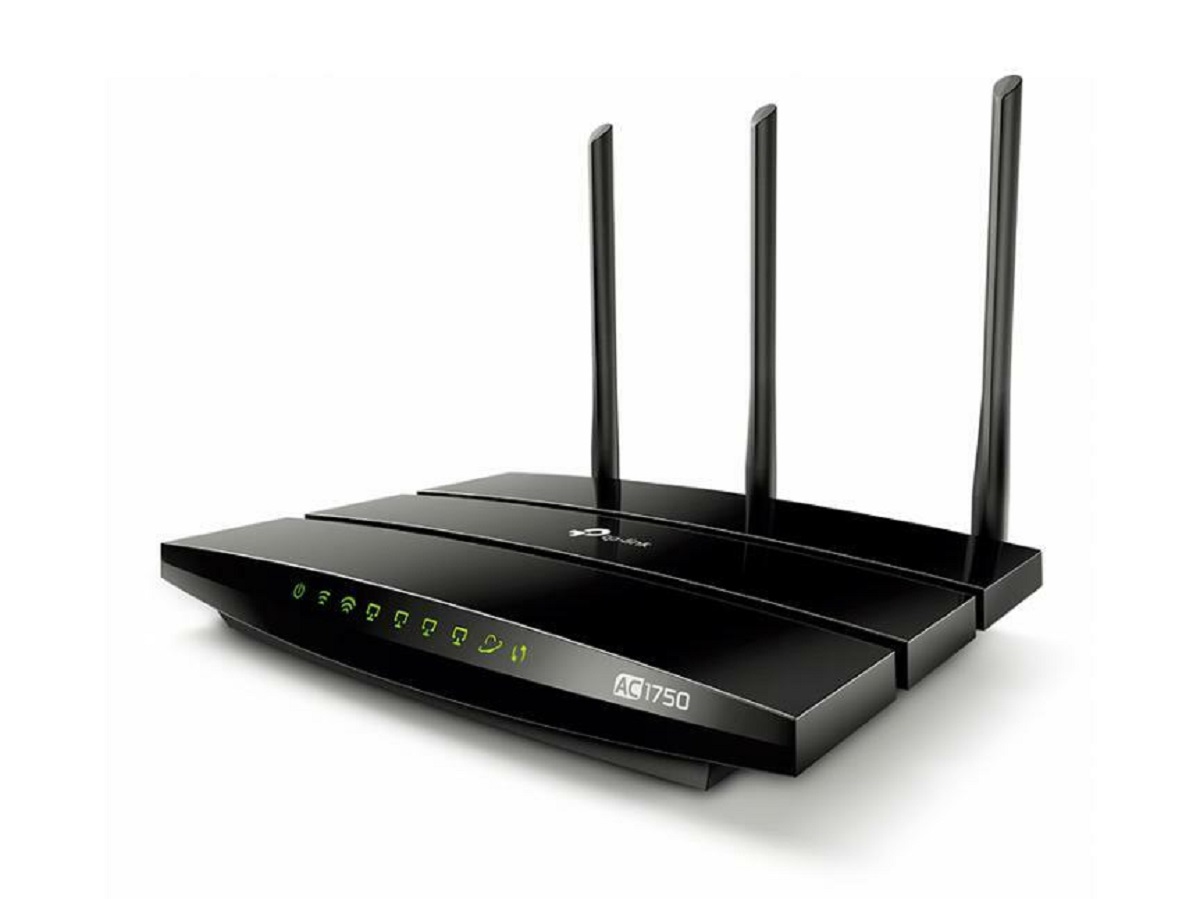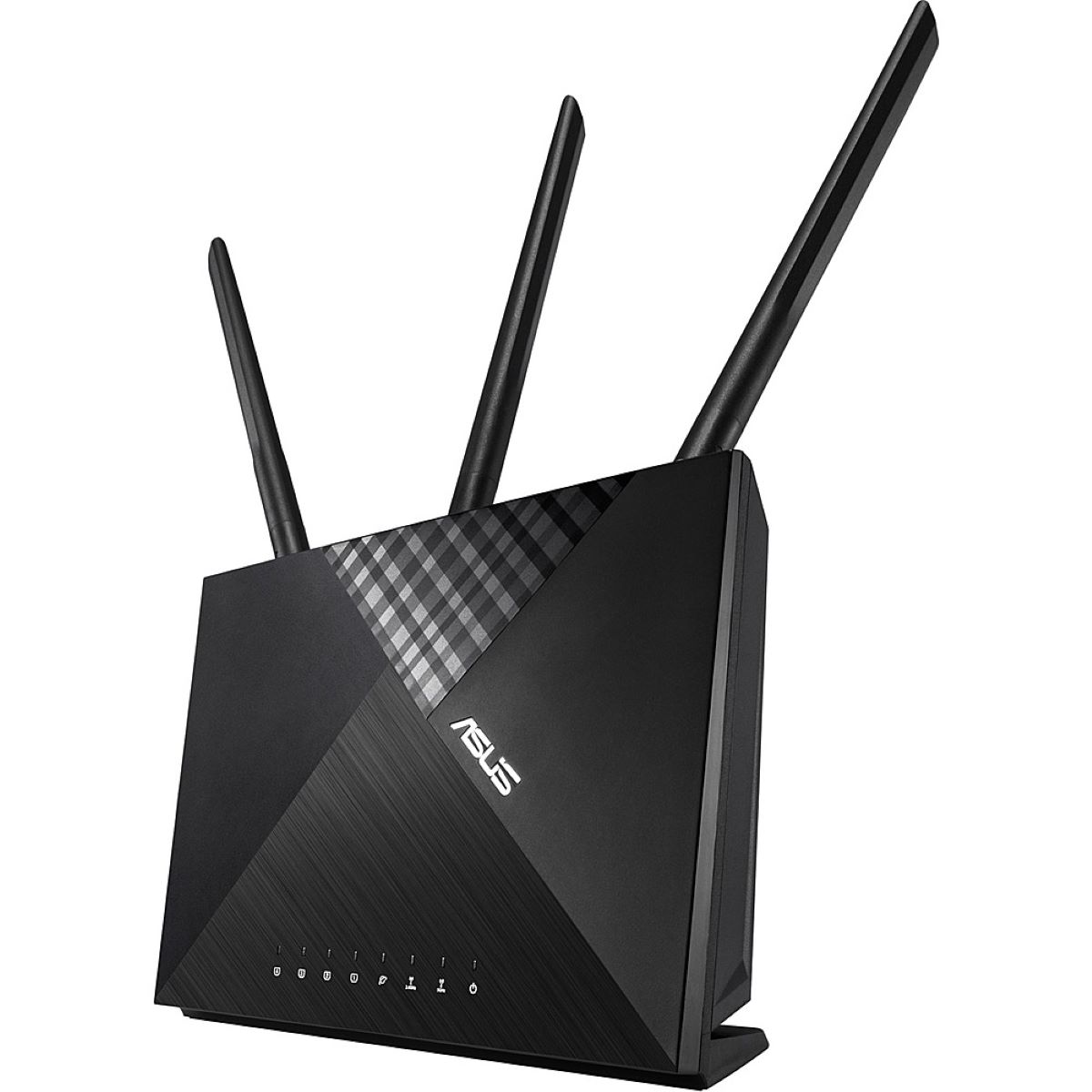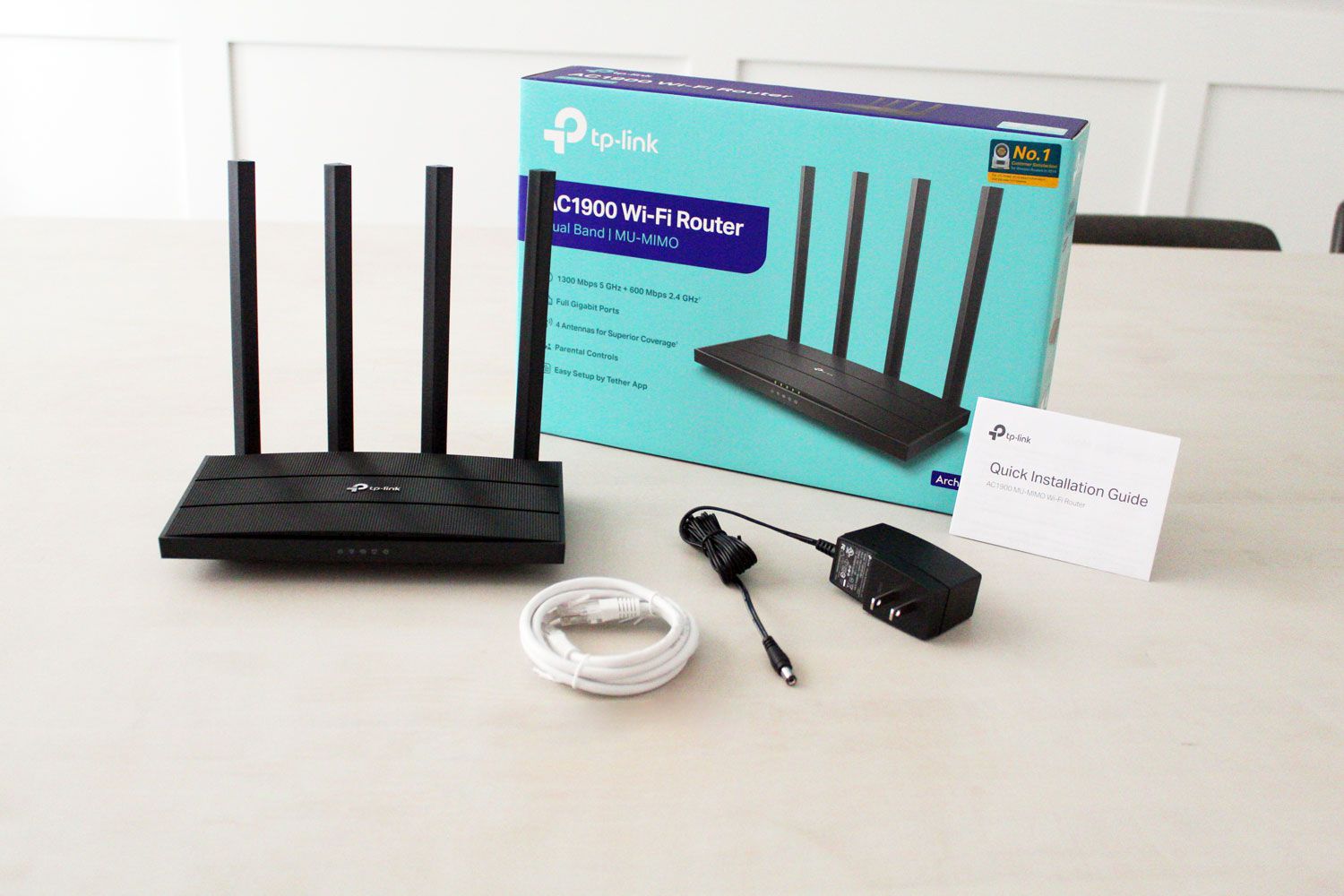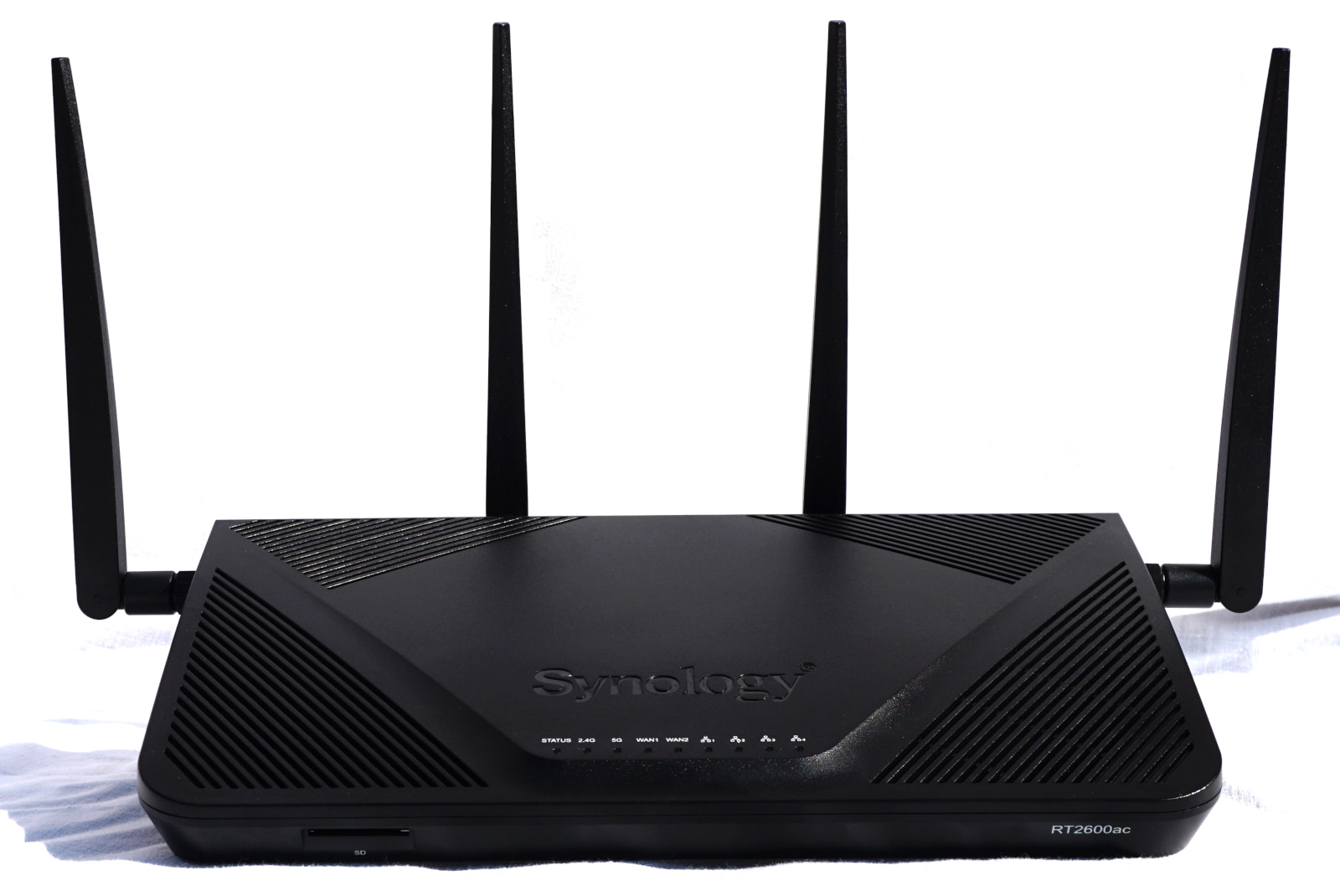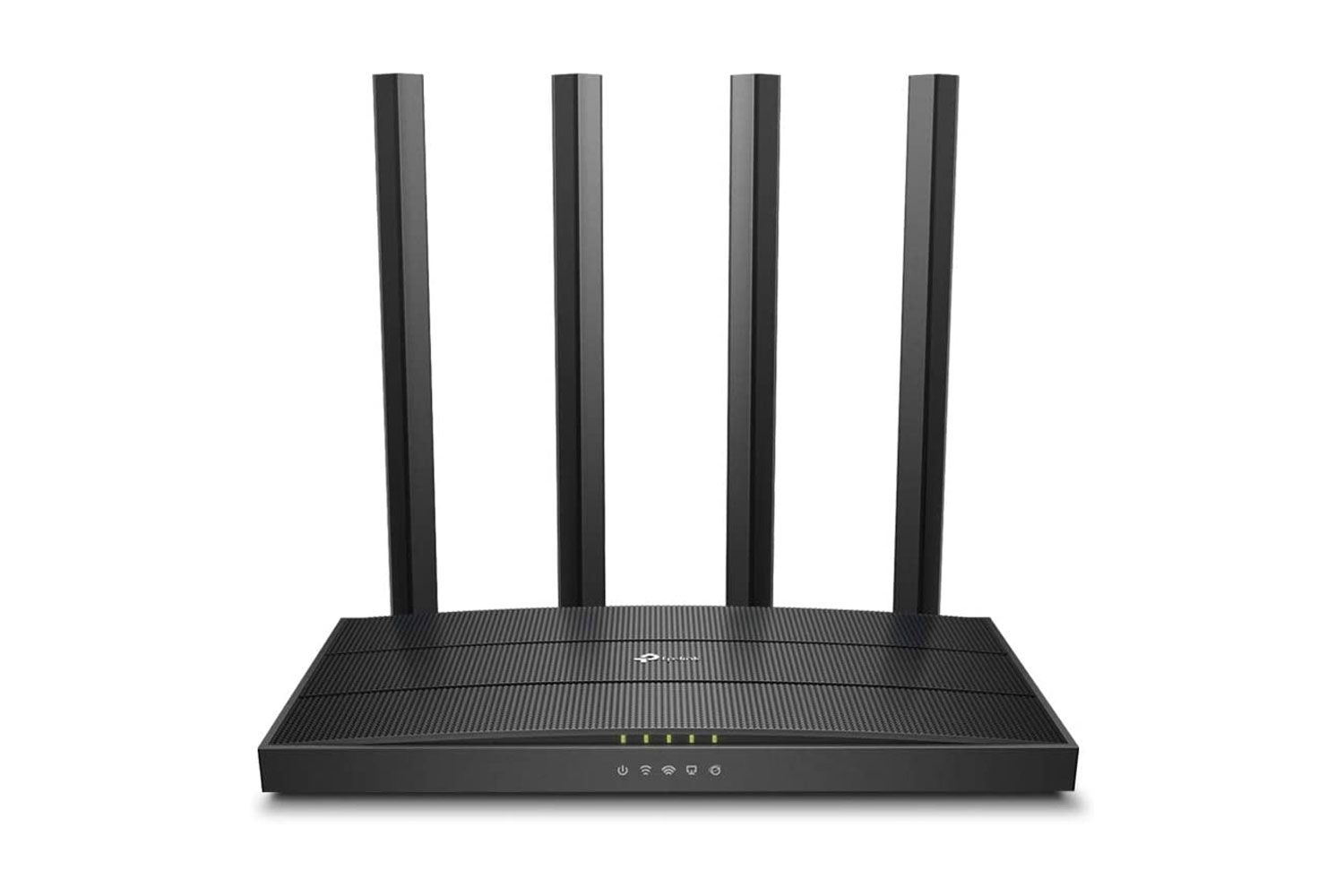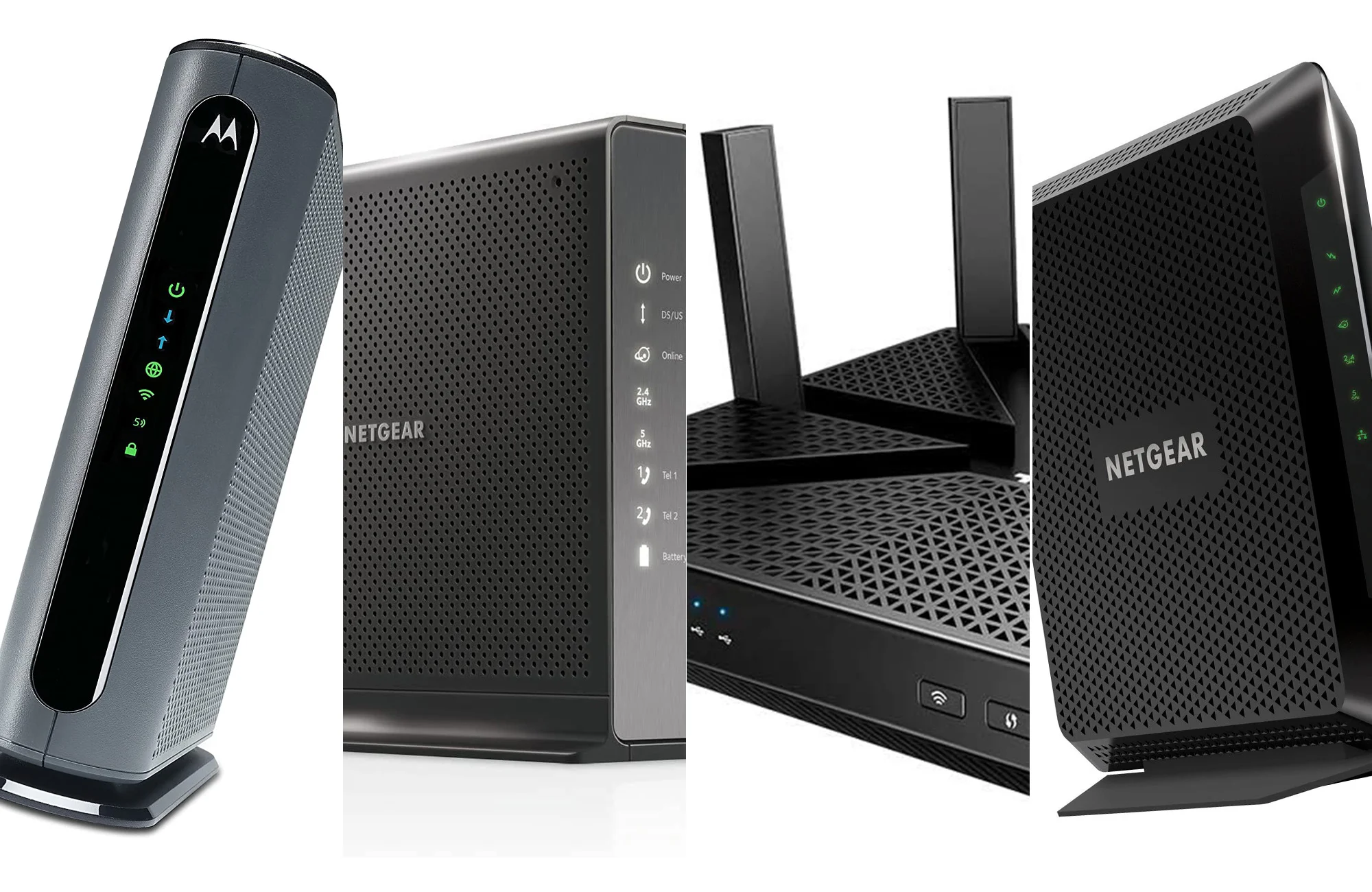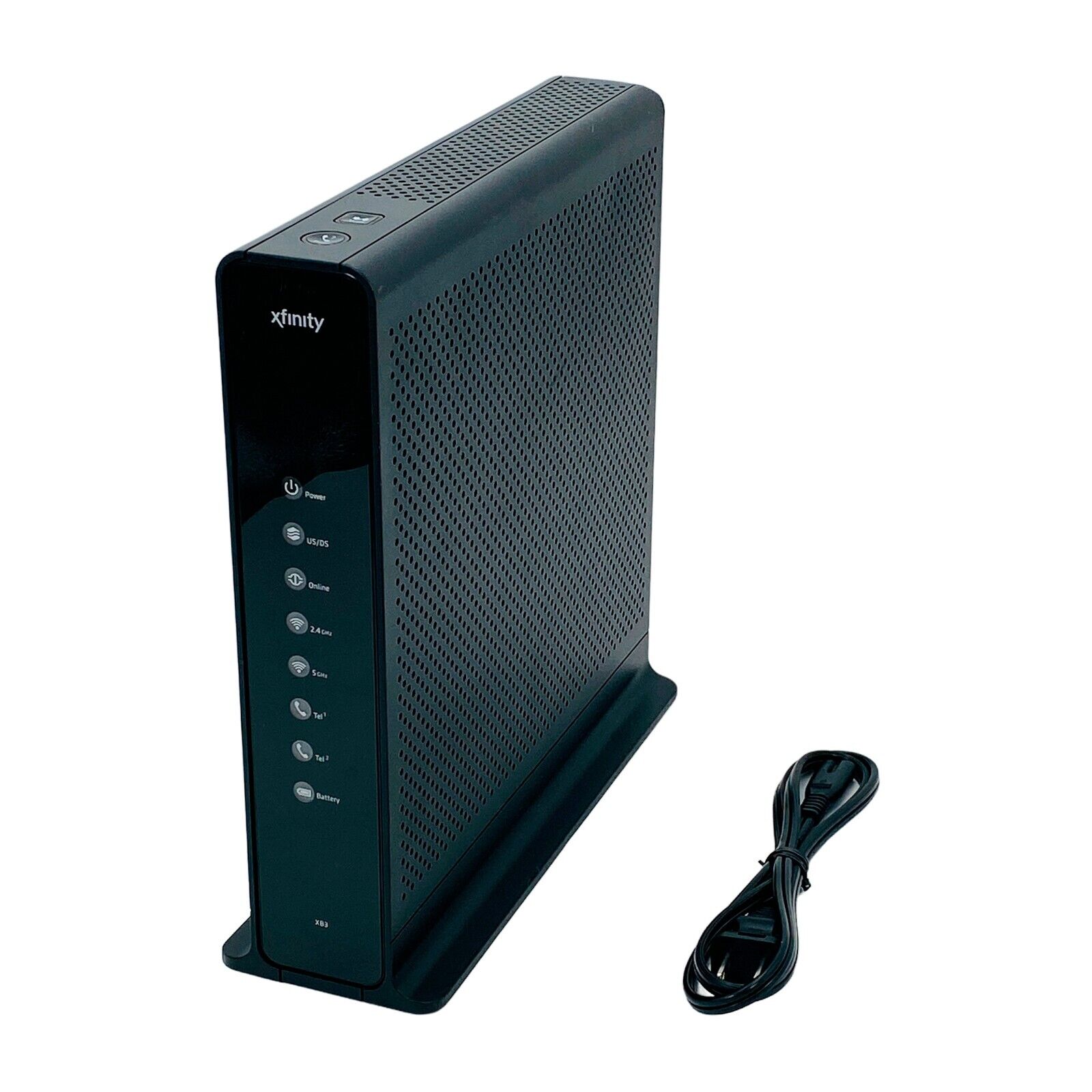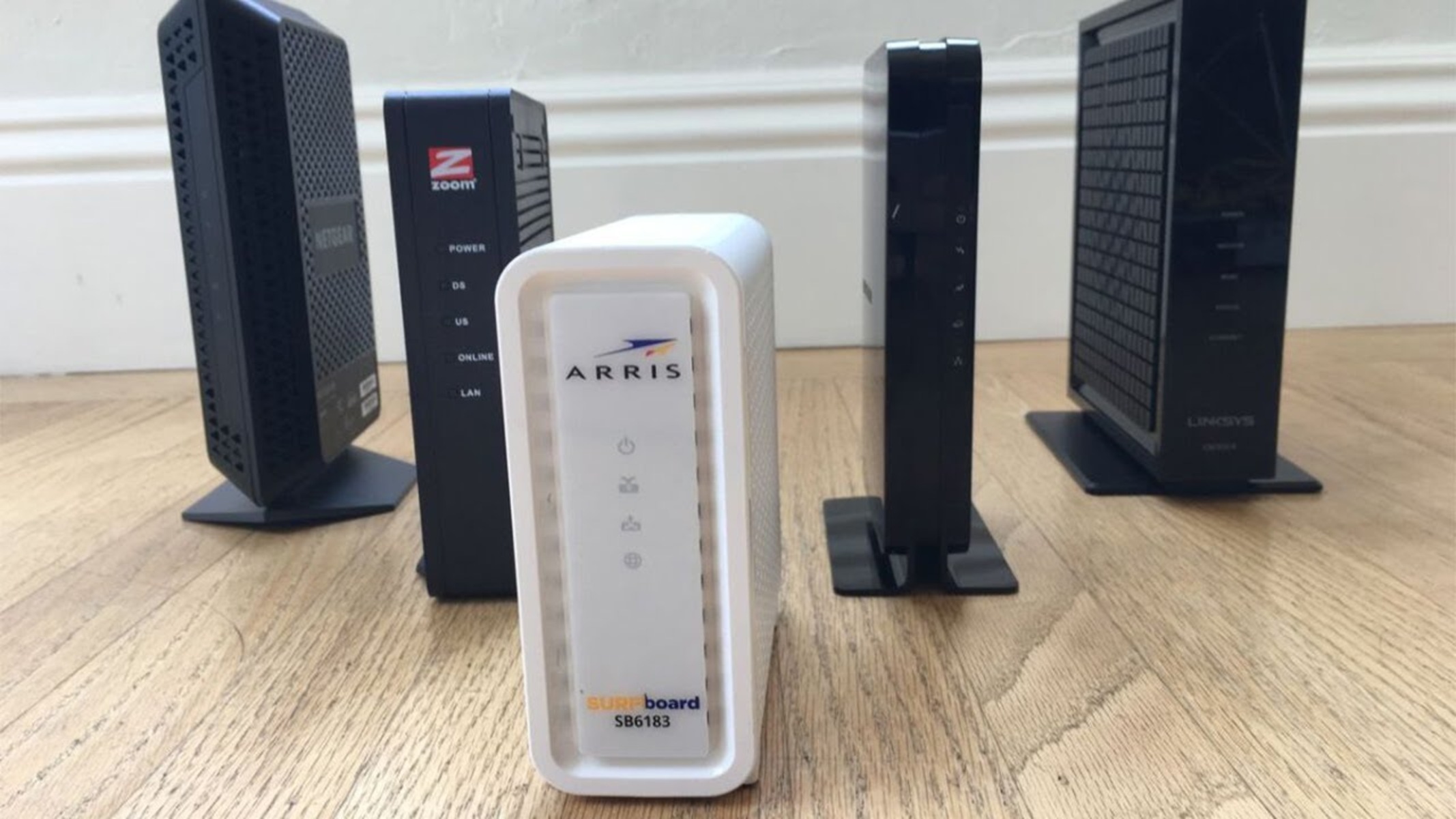Introduction
In today’s digital age, having a reliable and fast internet connection is crucial for both work and play. And when it comes to setting up a home or office network, routers play a vital role in ensuring a seamless and efficient connection. But what about those mysterious letters and numbers that often appear alongside the router model? One common acronym you may have come across is “AC.” So, what exactly does AC mean on routers?
AC, in the context of routers, refers to the wireless standard that the device supports. It stands for “802.11ac,” which is the latest and fastest Wi-Fi standard available. Introduced in 2013, the 802.11ac standard revolutionized wireless connections, providing faster speeds, better range, and improved performance compared to the previous standards.
In this article, we will delve into the details of what AC means on routers, explore the 802.11ac Wi-Fi standard, discuss the benefits of AC routers, look at their features and specifications, and answer some frequently asked questions to help you make an informed decision when it comes to choosing the right router for your needs.
What is AC on Routers?
AC, when referring to routers, is an abbreviation for “802.11ac,” which is the wireless standard that governs the router’s capabilities. It is the latest and most advanced Wi-Fi standard available, surpassing previous standards such as 802.11n and 802.11g.
The AC designation denotes routers that are equipped with the 802.11ac wireless standard, providing faster and more reliable internet connectivity. This standard operates in the 5 GHz frequency band and employs multiple antennas, allowing for faster data transfer speeds and increased capacity.
One of the key distinguishing features of AC routers is their ability to support MU-MIMO (Multi-User Multiple Input Multiple Output) technology. This means that the router can communicate with multiple devices simultaneously, delivering a more efficient and robust wireless connection. Whether you have multiple devices connected to the network or are streaming high-definition videos, an AC router ensures smooth and uninterrupted performance.
AC routers also offer improved range compared to older standards. With advancements in antenna technology and signal processing, these routers can transmit signals over longer distances, penetrate obstacles, and maintain stable connections throughout your home or office.
It’s important to note that if you have older devices that only support older Wi-Fi standards, such as 802.11n or 802.11g, they can still connect to an AC router. However, they will only operate at their respective maximum speeds. So, while it’s recommended to have AC-compatible devices for optimal performance, AC routers are still backward compatible with older devices.
Now that you understand what AC means on routers and its significance, let’s explore the 802.11ac Wi-Fi standard in more detail to grasp its benefits and advantages over previous standards.
11ac Wi-Fi Standard
The 802.11ac Wi-Fi standard, commonly referred to as AC, is a significant advancement in wireless technology. It offers faster speeds, improved coverage, and better overall performance compared to previous Wi-Fi standards.
The AC standard operates on the 5 GHz frequency band, which provides several advantages over the 2.4 GHz band used by older standards like 802.11n and 802.11g. One key advantage is the availability of more channels, resulting in reduced interference from neighboring Wi-Fi networks and other electronic devices. This allows for more stable and reliable connections, particularly in congested areas like apartment buildings or office complexes.
Speed is another crucial aspect of the AC standard. With its ability to use wider channels and support higher data transfer rates, AC routers can deliver significantly faster internet speeds compared to previous standards. In ideal conditions, AC routers can achieve speeds of up to several gigabits per second (Gbps), enabling smooth streaming of high-definition videos, online gaming, and large file downloads in a fraction of the time.
AC routers also incorporate advanced technologies like beamforming, which focuses the wireless signal directly toward connected devices. This enhances signal strength, improves coverage, and reduces signal interference, resulting in a more reliable and efficient Wi-Fi connection.
Another notable feature of the 802.11ac standard is MU-MIMO technology, which stands for Multi-User Multiple Input Multiple Output. With this technology, AC routers can transmit data to multiple devices simultaneously, allowing for faster speeds and improved network efficiency. This is especially beneficial in households or workplaces where multiple devices are connected to the Wi-Fi network, as each device can receive its own dedicated bandwidth.
In summary, the 802.11ac Wi-Fi standard represents a significant leap in wireless technology. Its faster speeds, improved coverage, and advanced features make it a desirable choice for users who require a reliable and high-performance Wi-Fi connection. By upgrading to an AC router, you can experience the full benefits of this standard and enjoy seamless internet connectivity throughout your home or office.
Benefits of AC Routers
AC routers offer several notable benefits that make them a popular choice for home and office networks. Let’s take a closer look at these advantages:
- High Speeds: AC routers deliver blazing-fast Wi-Fi speeds, thanks to the 802.11ac standard. With speeds reaching several gigabits per second, you can enjoy smooth streaming, fast downloads, and lag-free online gaming.
- Improved Coverage: AC routers offer better coverage compared to previous Wi-Fi standards. Whether you have a large home or office space, an AC router ensures a strong and stable connection throughout, eliminating dead zones and signal dropouts.
- MU-MIMO Technology: AC routers support Multi-User Multiple Input Multiple Output technology, allowing them to handle multiple devices simultaneously. This means each connected device can receive its own dedicated bandwidth, ensuring faster speeds and better performance, especially when multiple devices are connected to the network.
- Backward Compatibility: AC routers are backward compatible with older Wi-Fi standards, so you can still connect your legacy devices. However, to take full advantage of the speeds offered, it’s recommended to have AC-compatible devices.
- Future-Proofing: By investing in an AC router, you are ensuring that your network is ready for the future. As more devices and applications demand faster speeds and increased bandwidth, an AC router provides the necessary infrastructure to support these advancements.
- Reduced Interference: Operating on the less congested 5 GHz frequency band, AC routers experience less interference from other devices, resulting in a more stable and reliable connection.
Overall, AC routers offer a significant upgrade in terms of speed, coverage, and performance compared to older Wi-Fi standards. Whether you’re a home user who enjoys streaming movies or a professional who needs a robust and reliable network, an AC router is an excellent choice to meet your Wi-Fi needs.
AC Router Features and Specifications
AC routers come equipped with a range of features and specifications that contribute to their exceptional performance and functionality. Let’s explore some of the key features you should consider when selecting an AC router:
- Wireless Speed: AC routers offer varying wireless speed capabilities, typically indicated as AC1200, AC1750, AC1900, or AC3200. These numbers represent the combined theoretical maximum speed across all the bands supported by the router.
- Number of Bands: AC routers come in dual-band and tri-band configurations. Dual-band routers operate on both the 2.4 GHz and 5 GHz frequency bands, while tri-band routers offer an additional 5 GHz band. Tri-band routers are ideal for crowded networks where multiple devices are connected simultaneously.
- Beamforming Technology: AC routers with beamforming technology focus the wireless signal towards connected devices, improving signal strength and coverage. This ensures a more reliable and stable connection throughout your home or office.
- Antennas: AC routers feature multiple antennas to enhance signal strength and coverage. The number of antennas can vary, typically ranging from three to six. More antennas generally result in better coverage and range.
- Security Features: Look for AC routers that offer robust security features such as WPA2 encryption and firewall protection. These security measures help safeguard your network from unauthorized access and potential threats.
- Ethernet Ports: Consider the number of Ethernet ports available on the router. These ports allow you to connect wired devices directly to the router for faster and more stable connections.
- USB Ports: AC routers often come equipped with USB ports, enabling you to connect external storage devices or printers for easy file sharing or networked printing.
- Smart Features: Some AC routers offer smart features, including smartphone apps, remote management, and parental controls. These features add convenience and allow you to control and monitor your network easily.
When choosing an AC router, consider your specific needs, such as the number of connected devices, the size of your space, and the desired coverage range. Carefully review the features and specifications offered by different models to find the one that best suits your requirements.
Frequently Asked Questions about AC Routers
Here are some frequently asked questions about AC routers to help you better understand their features and functionality:
- Can I use an AC router if my devices only support older Wi-Fi standards?
Yes, AC routers are backward compatible with older Wi-Fi standards like 802.11n and 802.11g. While your devices may not be able to take full advantage of the AC router’s speeds, they can still connect and operate at their maximum supported speeds.
- Do I need to upgrade all my devices to AC-compatible ones to benefit from an AC router?
No, you can still use your existing devices with an AC router. However, to fully experience the enhanced speeds and performance, it’s recommended to have AC-compatible devices.
- Are all AC routers the same?
No, AC routers come with different features and specifications. They may vary in terms of wireless speed, number of bands, antenna configurations, and additional features. Consider your specific needs and choose an AC router that best suits your requirements.
- Can an AC router improve my internet speed if my internet service provider (ISP) has slower speeds?
While an AC router can offer fast speeds within your local network, it cannot magically increase the speed provided by your ISP. The actual internet speed you experience will depend on the speed provided by your ISP.
- Are AC routers more secure than older Wi-Fi standards?
AC routers generally offer the same level of security as older Wi-Fi standards, such as WPA2 encryption. However, it’s essential to keep your router’s firmware updated and use strong passwords to maintain network security.
- Can I use an AC router with a modem provided by my ISP?
Yes, AC routers can be connected to the modem provided by your ISP. You can either use the router as a standalone device by disabling the Wi-Fi on the modem or set up the router in bridge mode to extend your existing network.
If you have further questions or uncertainties about AC routers, it’s recommended to consult the manufacturer’s documentation or reach out to their support for specific guidance and assistance.
Conclusion
In today’s fast-paced world, a reliable and high-speed internet connection is essential for both work and leisure. AC routers, built on the 802.11ac Wi-Fi standard, offer substantial benefits and improvements over older Wi-Fi standards.
AC routers provide faster speeds, improved coverage, and better performance, thanks to advanced technologies like MU-MIMO and beamforming. With their ability to support multiple devices simultaneously, AC routers ensure a seamless and efficient network experience, even in crowded environments.
When choosing an AC router, consider factors such as wireless speed, number of bands, antennas, security features, and additional functionalities like USB ports and smart features. This way, you can select a router that best suits your specific needs and provides the necessary performance for your home or office network.
It’s important to remember that while AC routers offer numerous advantages, they are only as good as your internet service provider (ISP) connection. Make sure to subscribe to an internet plan that can fully utilize the capabilities of your AC router for the best possible experience.
Whether you’re streaming high-definition content, engaging in online gaming, or simply connecting multiple devices to your network, an AC router can help meet your demands for speed, performance, and reliability.
Upgrade your network infrastructure to an AC router and experience the benefits of this advanced Wi-Fi standard. Enjoy faster speeds, improved coverage, and a more efficient connection, enabling you to make the most of your online activities.







